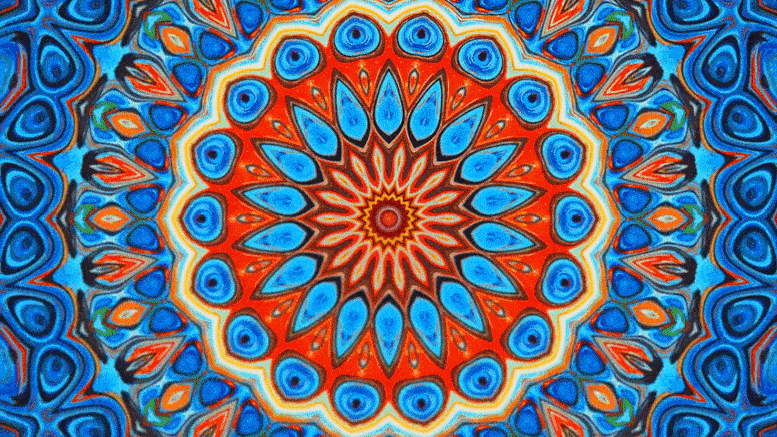
While humans have three types of color-sensitive cones in their eyes that are responsive to red, green, and blue light, birds have an additional type that is sensitive to ultraviolet light.
Princeton-led team trains wild hummingbirds to discriminate UV color combinations.
To find food, dazzle mates, escape predators and navigate diverse terrain, birds rely on their excellent color vision.
“Humans are color-blind compared to birds and many other animals,” said Mary Caswell Stoddard, an assistant professor in the Princeton University Department of Ecology and Evolutionary Biology. Humans have three types of color-sensitive cones in their eyes — attuned to red, green and blue light — but birds have a fourth type, sensitive to ultraviolet light. “Not only does having a fourth color cone type extend the range of bird-visible colors into the UV, it potentially allows birds to perceive combination colors like ultraviolet+green and ultraviolet+red — but this has been hard to test,” said Stoddard.
To investigate how birds perceive their colorful world, Stoddard and her research team established a new field system for exploring bird color vision in a natural setting. Working at the Rocky Mountain Biological Laboratory (RMBL) in Gothic, Colorado, the researchers trained wild broad-tailed hummingbirds (Selasphorus platycercus) to participate in color vision experiments.
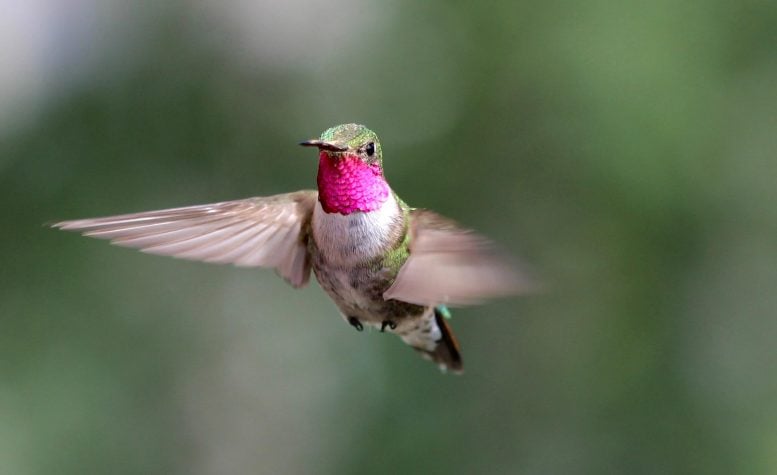
While humans have three color cones in the retina sensitive to red, green and blue light, birds have a fourth color cone that can detect ultraviolet light. A research team led by Princeton’s Mary Caswell Stoddard trained wild hummingbirds, like this male broad-tailed hummingbird, to perform a series of experiments that revealed that the tiny birds also see combination colors like ultraviolet+green and ultraviolet+red. The male’s magenta throat feathers are likely perceived by birds as an ultraviolet+purple combination color. Credit: Photo by Noah Whiteman, taken at the Rocky Mountain Biological Laboratory
“Most detailed perceptual experiments on birds are performed in the lab, but we risk missing the bigger picture of how birds really use color vision in their daily lives,” Stoddard said. “Hummingbirds are perfect for studying color vision in the wild. These sugar fiends have evolved to respond to flower colors that advertise a nectar reward, so they can learn color associations rapidly and with little training.”
Stoddard’s team was particularly interested in “nonspectral” color combinations, which involve hues from widely separated parts of the color spectrum, as opposed to blends of neighboring colors like teal (blue-green) or yellow (green-red). For humans, purple is the clearest example of a nonspectral color. Technically, purple is not in the rainbow: it arises when our blue (short-wave) and red (long-wave) cones are stimulated, but not green (medium-wave) cones.
While humans have just one nonspectral color — purple, birds can theoretically see up to five: purple, ultraviolet+red, ultraviolet+green, ultraviolet+yellow, and ultraviolet+purple.
Stoddard and her colleagues designed a series of experiments to test whether hummingbirds can see these nonspectral colors. Their results appear June 15 in the Proceedings of the National Academy of Sciences.
The research team, which included scientists from Princeton, the University of British Columbia (UBC), Harvard University, University of Maryland and RMBL, performed outdoor experiments each summer for three years. First, they built a pair of custom “bird vision” LED tubes programmed to display a broad range of colors, including nonspectral colors like ultraviolet+green. Next, they performed experiments in an alpine meadow frequently visited by local broad-tailed hummingbirds, which breed at the high-altitude site.
Each morning, the researchers rose before dawn and set up two feeders: one containing sugar water and the other plain water. Beside each feeder, they placed an LED tube. The tube beside the sugar water emitted one color, while the one next to the plain water emitted a different color. The researchers periodically swapped the positions of the rewarding and unrewarding tubes, so the birds could not simply use location to pinpoint a sweet treat. They also performed control experiments to ensure that the tiny birds were not using smell or another inadvertent cue to find the reward. Over the course of several hours, wild hummingbirds learned to visit the rewarding color. Using this setup, the researchers recorded over 6,000 feeder visits in a series of 19 experiments.
The experiments revealed that hummingbirds can see a variety of nonspectral colors, including purple, ultraviolet+green, ultraviolet+red and ultraviolet+yellow. For example, hummingbirds readily distinguished ultraviolet+green from pure ultraviolet or pure green, and they discriminated between two different mixtures of ultraviolet+red light — one redder, one less so.
“It was amazing to watch,” said Harold Eyster, a UBC Ph.D. student and a co-author of the study. “The ultraviolet+green light and green light looked identical to us, but the hummingbirds kept correctly choosing the ultraviolet+green light associated with sugar water. Our experiments enabled us to get a sneak peek into what the world looks like to a hummingbird.”
Even though hummingbirds can perceive nonspectral colors, appreciating how these colors appear to birds can be difficult. “It is impossible to really know how the birds perceive these colors. Is ultraviolet+red a mix of those colors, or an entirely new color? We can only speculate,” said Ben Hogan, a postdoctoral research associate at Princeton and a co-author of the study.
“To imagine an extra dimension of color vision — that is the thrill and challenge of studying how avian perception works,” said Stoddard. “Fortunately, the hummingbirds reveal that they can see things we cannot.”
“The colors that we see in the fields of wildflowers at our study site, the wildflower capital of Colorado, are stunning to us, but just imagine what those flowers look like to birds with that extra sensory dimension,” said co-author David Inouye, who is affiliated with the University of Maryland and RMBL.
Finally, the research team analyzed a data set of 3,315 feather and plant colors. They discovered that birds likely perceive many of these colors as nonspectral, while humans do not. That said, the researchers emphasize that nonspectral colors are probably not particularly special relative to other colors. The wide variety of nonspectral colors available to birds is the result of their ancient four color-cone visual system.
“Tetrachromacy — having four color cone types — evolved in early vertebrates,” said Stoddard. “This color vision system is the norm for birds, many fish, and reptiles, and it almost certainly existed in dinosaurs. We think the ability to perceive many nonspectral colors is not just a feat of hummingbirds but a widespread feature of animal color vision.”
Reference: “Wild hummingbirds discriminate nonspectral colors” by Mary Caswell Stoddard, Harold N. Eyster, Benedict G. Hogan, Dylan H. Morris, Edward R. Soucy and David W. Inouye, 15 June 2020, Proceedings of the National Academy of Sciences.
DOI: 10.1073/pnas.1919377117
Their research was supported by Princeton University, the Princeton Environmental Institute, a Sloan Research Fellowship, and a Packard Fellowship for Science and Engineering.

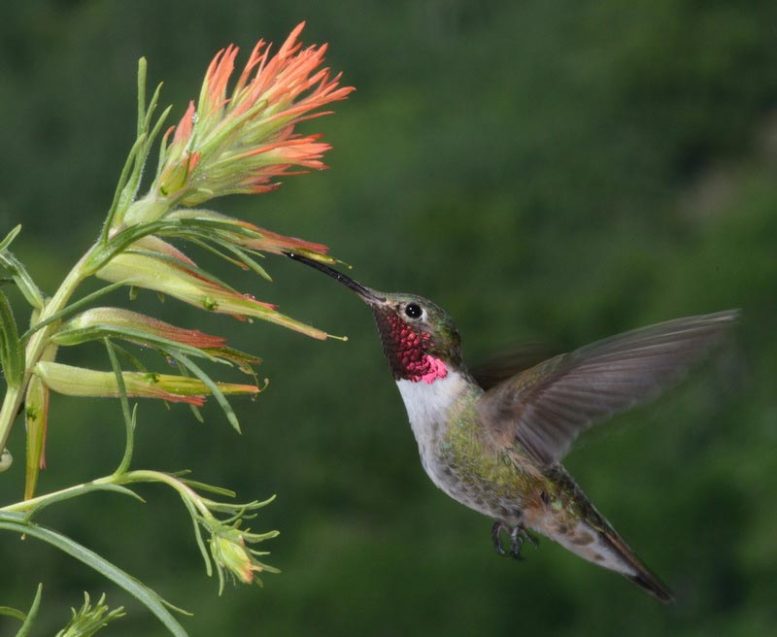
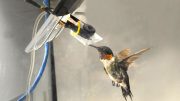
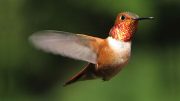
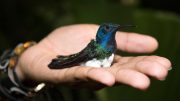
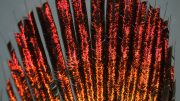
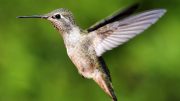
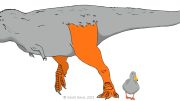
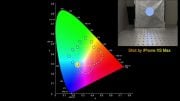
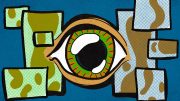
With a little CRISPR gene editing homo sapiens could see new colors too.
Hey! if there are a few genes for intelligence, we could snip in a few and
save the long wait nature takes to make changes.